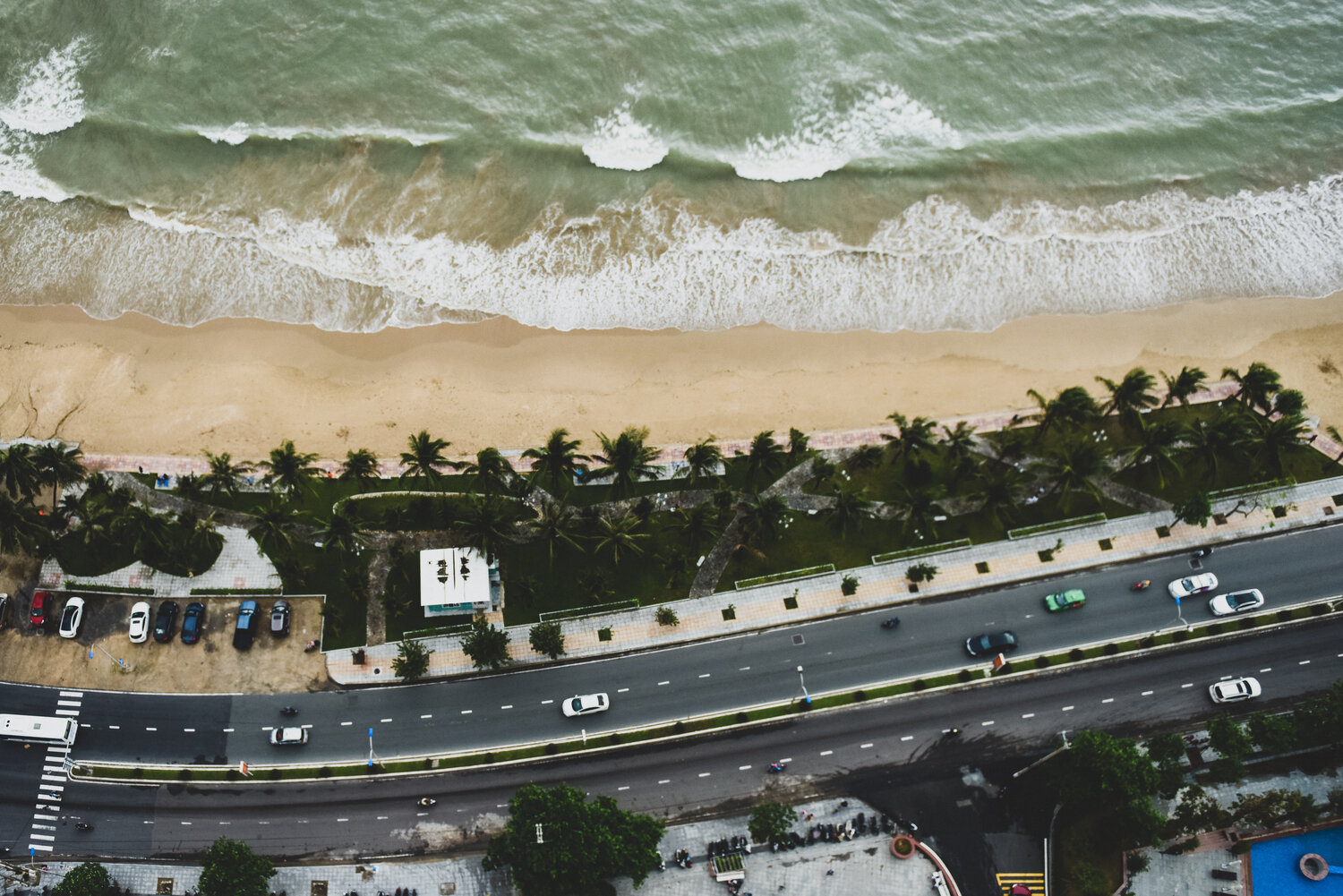
A century from now, the U.S. coastline will look very different from how it looks today. In the coming decades our beaches, wetlands and estuaries along the shore will be lost or degraded by a one-two punch of more severe storms and rising seas. This combination will drive communities inland and force the relocation of critical infrastructure. The consequences for fish, wildlife and ecosystems could also be devastating.
We’re already getting a glimpse of how bad things can get.
The three major storms of 2017 — Hurricanes Harvey, Irma and Maria — caused more than 3,000 deaths and some $275 billion in damages. The longer-term ecosystem impacts of major storms like these are harder to quantify, but no less important. These include shifting of beaches and dunes, saltwater intrusion to freshwater systems, ecosystems contaminated by polluted floodwaters, and damage to habitat, oyster beds and coral. Rising sea levels are steadily pushing storm damage farther inland.
The country has done surprisingly little to meet this daunting challenge. As I wrote in my book A New Coast: Strategies for Responding to Devastating Storms and Rising Seas, there are steps that need to be taken now to help protect coastal ecosystems and the communities that depend on them.
A first step toward better protecting beaches and coastal wetlands is to understand the risks they face from storms and rising seas.
Scientists predict that as the climate warms, coastal storms will become more intense and melting glaciers and ice sheets could push global sea level up four feet by 2100. Along the U.S. coast, the rise in sea level could be 15 to 25 percent higher due to land subsidence and ocean dynamics.
What will this mean for ecosystems? It’s hard to know exactly.
There is currently no national assessment of how ecosystems along the U.S. coast will change. What little we do know points to serious decline in the health of these resources.
For example, a study of the Gulf of Mexico region predicted these losses of coastal wetlands by 2060: 37 percent in Texas, 32 percent in Florida, and 26 percent in Alabama and Mississippi. A 2017 study by the U.S. Geological Survey found that up to 31 percent of California beaches would be lost in the event of 3 feet of sea-level rise and 67 percent in the event of 6 feet.
As beaches and wetlands are inundated or migrate inland, some of the ecosystem services they provide will be lost. We are likely to see diminished abundance and diversity of fish and wildlife. Other benefits of coastal ecosystems that are at risk include protection from the impacts of storm surges, protection of water quality, mitigation of coastal erosion, and sequestration of carbon.
The effects of more severe storms and rising oceans on fish and wildlife are not well studied, but the Center for Biological Diversity (publisher of The Revelator) reported that 233 threatened and endangered species in 23 coastal states — roughly 1 out of 6 of the country’s protected species — are at risk from sea-level rise.
In addition to suffering damages from storms and gradual inundation by rising seas, coastal ecosystems may fall victim to human efforts to protect communities and infrastructure from these risks.
Built structures such as seawalls, damage beach systems and can prevent healthy functioning of marshes and wetlands. Living shorelines, which use natural materials such as plants, sand, or rock to stabilize the shoreline, are an improvement over conventional concrete seawalls but can have some of the same damaging impacts. Beach restoration projects can also harm the ecosystem of the beach as well as the sites from which sand is taken.
Still another manmade threat is the failure to provide space for coastal ecosystems to migrate landward as seas rise. As the inevitability of stepping back from the current coastline is better recognized, land areas that are safe from storms and rising seas will be committed to meet human needs. Ecosystems could lose out on this valuable space.
So what do we do?
The good news is, we already have a lot of the tools and programs we need to make sure that coastal ecosystems are protected as the climate warms. For example, the Coastal Zone Management Program supports state planning for coastal protection. But existing programs need to be strengthened and expanded.
A key first step should be a careful mapping of existing coastal ecosystems and of the potential for successful landward shift of these resources. With such an atlas in hand, governments and nonprofit organizations can identify upland areas that can become coastal ecosystems over time. Special attention needs to be given to mapping fish and wildlife and assessing ecosystem services, so that gains or losses can be tracked and migration corridors protected as these ecosystems shift geographically.
Some coastal mapping initiatives are moving in this direction. For example, the National Fish and Wildlife Foundation has developed a Regional Coastal Resilience Assessment that identifies “resilience hubs” and other information to guide local conservation planning. Likewise, the Southeast Conservation Adaptation Strategy includes a “blueprint” that identifies places for conservation and restoration.
When it comes to diminishing manmade threats, some states have restricted the use of seawalls and similar hard protection structures. Development on some coastal wetlands is limited by the permit program under section 404 of the Clean Water Act. Nonprofit organizations like the Nature Conservancy are working to protect these resources though acquisition or purchase of easements.
But that won’t be enough.
Protecting both existing ecosystems, and the areas these ecosystems will migrate to, will require major new investment in planning and significant new funding to implement plans.
Federal agencies will need to work with state and local governments and nonprofit organizations to successfully manage a long-term landward migration of coastal ecosystems. This will require creating a planning process able to make hard decisions to find space to allow ecosystems to migrate inland.
Read Full Article Here:
https://www.ecowatch.com/coastal-ecosystemsn-resilience-2641272466.html?rebelltitem=1#rebelltitem1